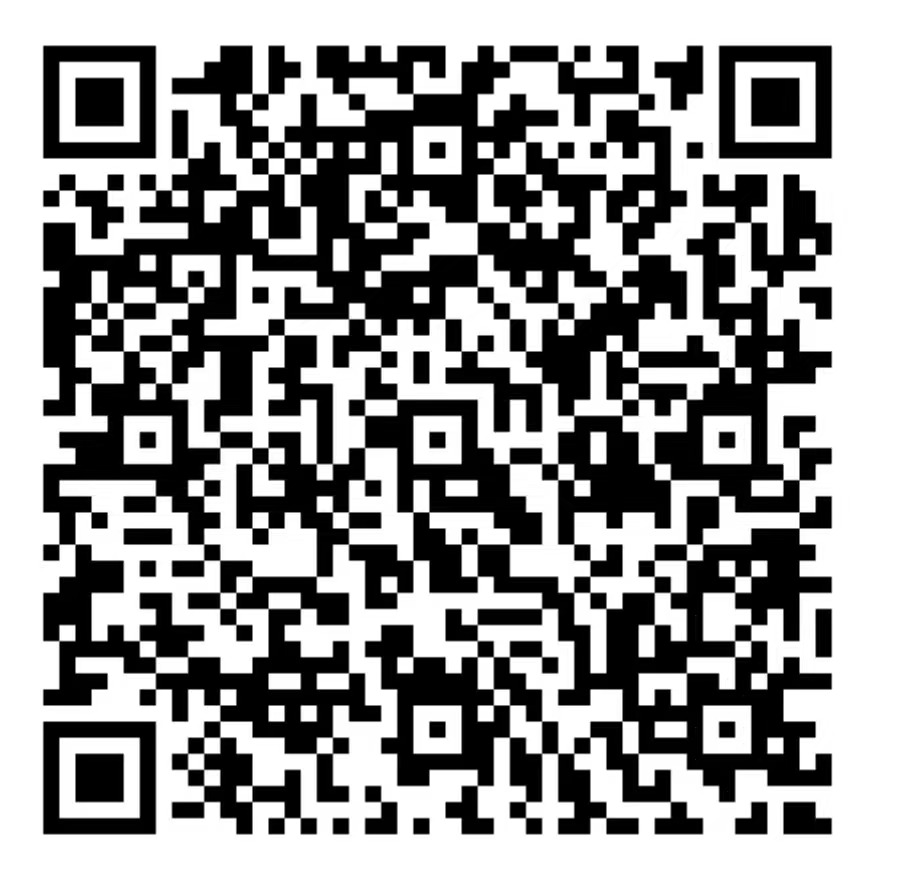Collective dynamics of active matter
This course provides an overview of active matter, an interdisciplinary field focused on systems composed of self-propelled particles. Including basic concepts, stochastic and macroscopic descriptions, emphasizing the interactions between active particles and their collective dynamics. The course explores the relation between microscopic rules and macroscopic equations, such as the Fokker-Planck equation, to understand phase transitions and emergent behaviors in active systems. It also covers data-driven approaches for discovering these behaviors and inferring interaction laws, alongside computational modeling techniques.

讲师
日期
2024年03月05日 至 05月21日
位置
| Weekday | Time | Venue | Online | ID | Password |
|---|---|---|---|---|---|
| 周二 | 13:00 - 16:25 | A3-1-103 | ZOOM 01 | 928 682 9093 | BIMSA |
课程大纲
1.Introduction of active matter
2.Stochastic description of active matter
3.Interaction between active particles
4.Macroscopic description of active matter
5.From stochastic dynamics to macroscopic equations (Fokker-Planck equation)
6.Phase transitions of active matter
7.Data-driven discovery of emergent behaviors in collective dynamics
8.Inference of interaction laws in collective dynamics
9.Computational models for active matter
10.Application in Machine learning
2.Stochastic description of active matter
3.Interaction between active particles
4.Macroscopic description of active matter
5.From stochastic dynamics to macroscopic equations (Fokker-Planck equation)
6.Phase transitions of active matter
7.Data-driven discovery of emergent behaviors in collective dynamics
8.Inference of interaction laws in collective dynamics
9.Computational models for active matter
10.Application in Machine learning
参考资料
References:
1.Marchetti, M. Cristina, et al. "Hydrodynamics of soft active matter." Reviews of modern physics 85.3 (2013): 1143.
2.Zhong, Ming, Jason Miller, and Mauro Maggioni. "Data-driven discovery of emergent behaviors in collective dynamics." Physica D: Nonlinear Phenomena 411 (2020): 132542.
3.Supekar, Rohit, et al. "Learning hydrodynamic equations for active matter from particle simulations and experiments." Proceedings of the National Academy of Sciences 120.7 (2023): e2206994120.
4.Shaebani, M. Reza, et al. "Computational models for active matter." Nature Reviews Physics 2.4 (2020): 181-199.
5.[Book] van Saarloos, Wim, Vincenzo Vitelli, and Zorana Zeravcic. Soft Matter: Concepts, Phenomena, and Applications. Princeton University Press, 2024. https://softmatterbook.online/
1.Marchetti, M. Cristina, et al. "Hydrodynamics of soft active matter." Reviews of modern physics 85.3 (2013): 1143.
2.Zhong, Ming, Jason Miller, and Mauro Maggioni. "Data-driven discovery of emergent behaviors in collective dynamics." Physica D: Nonlinear Phenomena 411 (2020): 132542.
3.Supekar, Rohit, et al. "Learning hydrodynamic equations for active matter from particle simulations and experiments." Proceedings of the National Academy of Sciences 120.7 (2023): e2206994120.
4.Shaebani, M. Reza, et al. "Computational models for active matter." Nature Reviews Physics 2.4 (2020): 181-199.
5.[Book] van Saarloos, Wim, Vincenzo Vitelli, and Zorana Zeravcic. Soft Matter: Concepts, Phenomena, and Applications. Princeton University Press, 2024. https://softmatterbook.online/
听众
Undergraduate
, Advanced Undergraduate
, Graduate
, 博士后
, Researcher
视频公开
不公开
笔记公开
不公开
语言
中文
, 英文
讲师介绍
Dr. Wuyue Yang is currently an Assistant Professor at BIMSA. She received her PhD degree from Tsinghua University in 2022 and was honored as an Outstanding Graduate of Beijing. Her main research directions are artificial intelligence, machine learning theory and applications. She has published papers in internationally renowned academic journals such as "Journal of Computational Physics," "Journal of Chemical Physics," and "Physics of Fluids," with over 1,000 Google citations. She is the PI of a National Natural Science Foundation of China Youth Fund project and has participated as a researcher in National Key R&D Program Special Projects. She serves as a review expert for international journals including "BMC Infectious Diseases" and "AIMS Mathematics." She teaches courses including "Theory and Application of Sparse Identification of Nonlinear Dynamics (SINDy)," "Complex System Dynamics and Control," and "Collective Dynamics of Active Matter."





